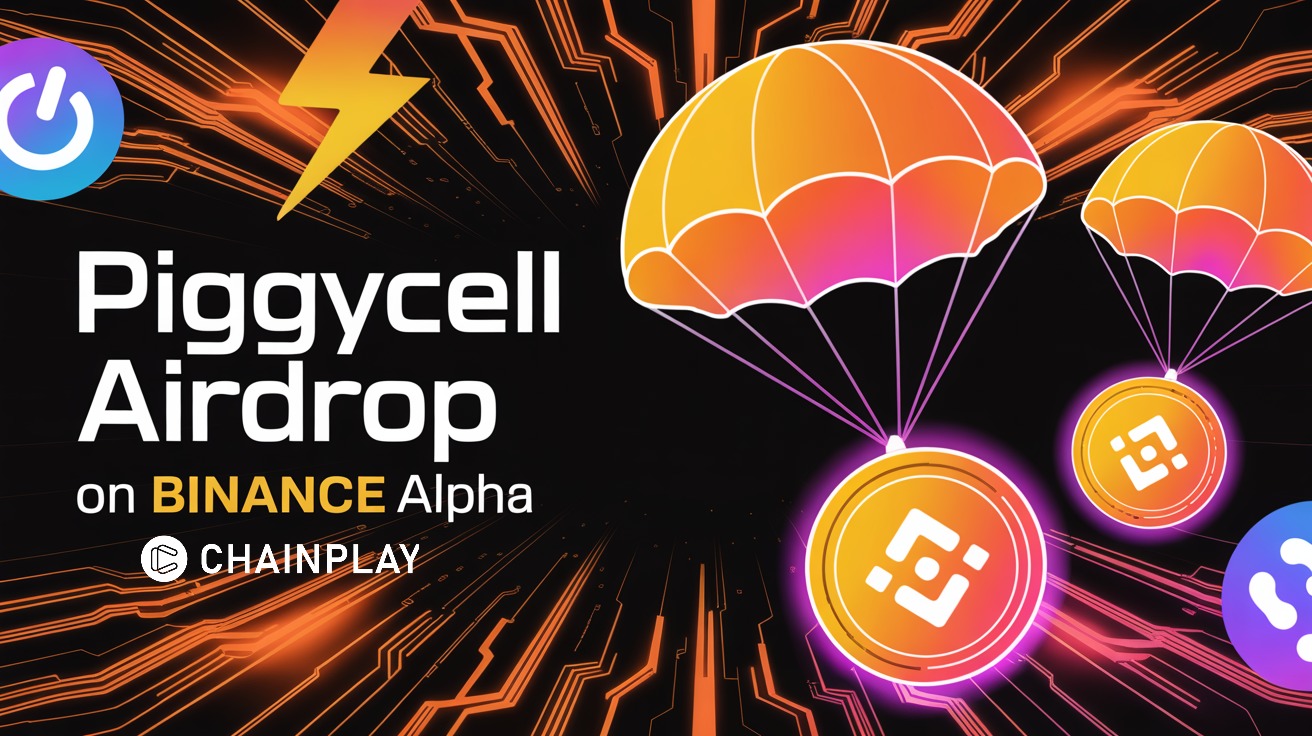News
How Good Are Machines at Learning About Crypto?
ChainPlay
•
one year ago
Share :

Photo Unsplash
Constant market price fluctuations are a mainstay feature in the crypto industry, sometimes marked by more pronounced volatility making it challenging for investors to keep up with the multitude of coins in the market. Additionally, the effect of external influences like major news events, regulatory adjustments, and the introduction of new technologies increases the complexity of being involved with digital assets.
Nevertheless, AI tools such as Machine Learning (ML) wield great potential in demystifying crucial insights at a broader scale and with individual use cases, making it convenient for interested parties to navigate this dynamic environment.
Crypto-related AI Use Cases
Investors, traders, and enthusiasts alike benefit greatly by implementing AI algorithms designed for specific use cases such as guiding investment decisions and even enhancing experiences for blockchain-powered entertainment options. For example, predictive technologies have already started being tested and implemented at scale within the iGaming industry with top crypto casinos, which allow bettors to buy in and wager with digital currency, making use of AI personalization features alongside ubiquitous access and low fees as highlighted by industry experts from Cointelegraph.
However, in the broader crypto realm, machine learning algorithms play a much more important role in guiding decision-making among stakeholders by leveraging predictive analysis, and the ability to analyze large datasets in real-time. As a result, newer participants in digital currencies can make decisions with greater confidence through reliable support from purpose-built AI models. Together with personalized reports about a crypto user’s expenditure or investments, these are currently some of the most typical use cases of relying on AI for daily crypto transactions.
The Role of Machine Learning in Crypto
Insights such as price data, trading volumes, and sentiment analysis are key to successful investing and trading activity but the main challenge lies in aggregating this data for a comprehensive analysis. This feat is nearly impossible to execute manually even for the most experienced investors and traders, with the increasing number of digital tokens being launched, finding assets with the most value will continue to be more complex but integrating ML algorithms can help with recognizing miniscule patterns that human analysts could easily miss.
By scraping data from multiple sources in real-time including social media to gather market sentiments, machines gain an advantage in producing more accurate predictions while also providing a high-level overview of current market dynamics encompassing both newer and older tokens.
Although these predictive technologies are very efficient, they face some challenges with crypto as opposed to other traditional applications since there might be little historical data to support investors and traders when looking for new opportunities, underscoring the importance of human intervention and guidance.
Predicting Price Movements with Machine Learning
Price movements are the crux of crypto trading and investing in general making it one of the most common applications of machine learning within this sector. The volatility of digital currencies, more especially altcoins, makes automated price predictions a step in the right direction providing traders a significant advantage when trading digital assets for short-term gains.
There are several ways in which ML has been implemented for this purpose such as supervised learning, unsupervised learning, as well as reinforcement learning. Supervised learning represents the use of labeled data like trading volume, sentiment, and news events alongside historical price movements for algorithms to make associations between these data sets to establish patterns.
On the other hand, unsupervised learning takes on a broader pattern analysis model where data isn't labeled but instead, the algorithm works to identify how clusters of coins behave under certain conditions or find anomalies that trigger price movements. Lastly, reinforcement learning is based on trial and error with the algorithm learning without any guiding inputs to learn how to analyze trading actions and minimize losses while maximizing profits autonomously.
The diverse approach to training ML algorithms aims to address specific challenges currently facing the integration of predictive models in the crypto space. As testing continues, automation tools are poised to grow in accounting for multiple variables with high accuracy in real-time to cater to traders accustomed to a more fast-paced trading environment.
Additionally, apart from augmenting trading activity, long-term investors can also optimize their portfolios by having sufficient insights to diversify their holdings and timely alerts on assets that might lose value. These insights can be based on historical performance, volatility, or correlations between different assets with minimal human intervention.
Share this article
#Other
Latest News

Enter ChronosWorlds Season 0 and Win $SPHR Rewards
19 hours ago

Binance Announces BitcoinOS (BOS) Alpha Launch and
20 hours ago

Myth-Buster: The claim that “only 1% profit from memecoins”
yesterday

Super-B Launches New Playtest with $BITE Airdrop Incentives
2 days ago

Binance Announces Piggycell (PIGGY) Launch and Alpha
2 days ago
Related articles

Nearly half of memecoin traders are actually profitable, reshaping how investors view this high-risk corner of crypto. The line between speculation and real strategy is fading fast. Check out the full study to know how
ChainPlay
•
yesterday

Binance will be the first platform to support BitcoinOS ($BOS), the ZK-powered Operating System for Bitcoin. Binance will launch a first-come, first-served airdrop for eligible users to claim free $BARD with 15 Alpha Points on October 29, 2025.
ChainPlay
•
20 hours ago

ChronosWorlds Season 0 runs Oct 30–Nov 14 with leaderboards, rewards, and NFT boosts. Join with a discounted pass to earn $SPHR and USDC prizes.
ChainPlay
•
19 hours ago



